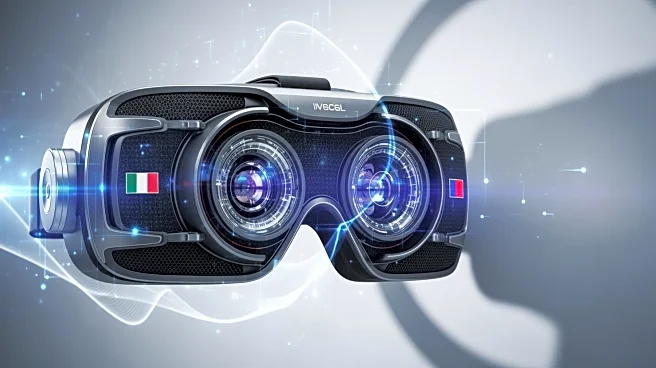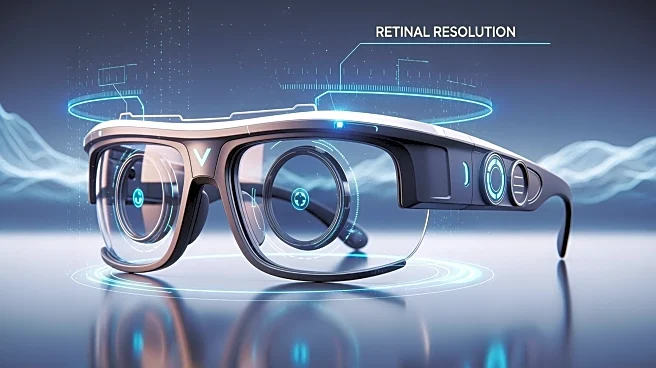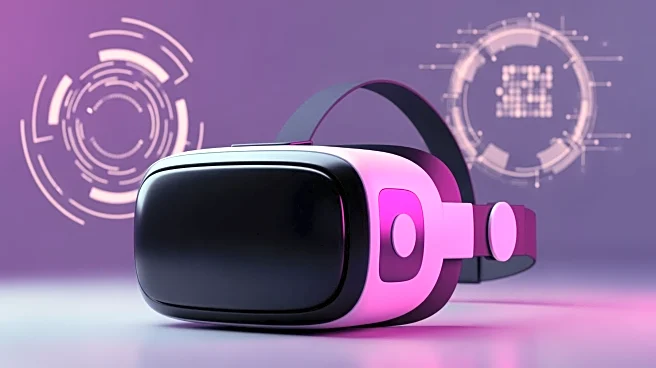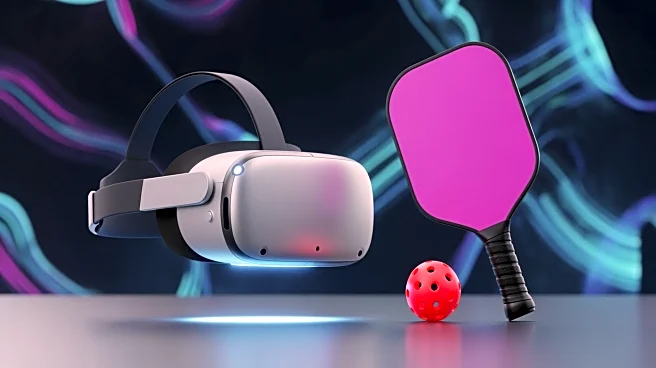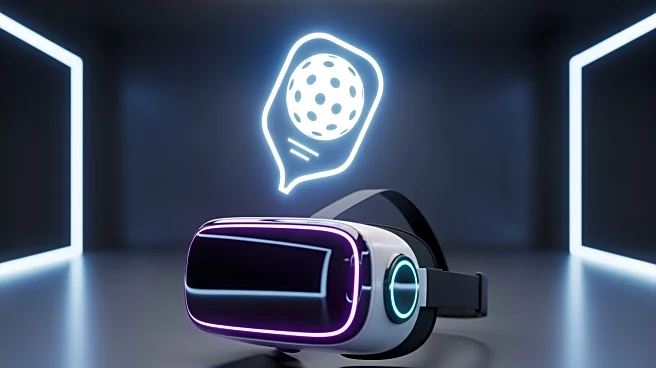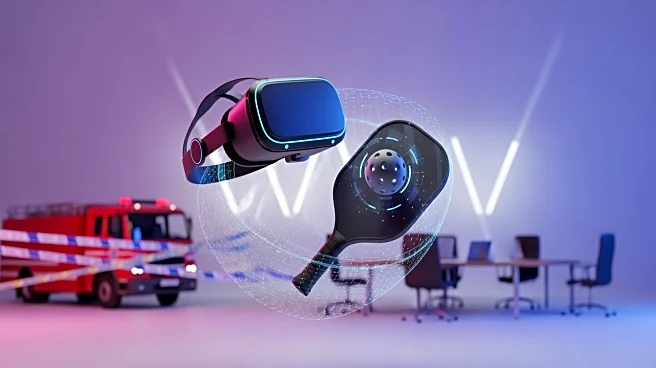What's Happening?
A recent study conducted by the University of Cambridge and Meta Reality Labs has challenged the long-held belief regarding the human eye's ability to detect pixels per degree (PPD), commonly referred
to as 'retinal resolution.' Previously, it was assumed that the maximum PPD detectable by the human eye was 60. However, the study, published in Nature, suggests that this threshold is significantly higher. Researchers measured participants' ability to detect display features in various scenarios, including color and greyscale, and found that foveal vision can perceive up to 94 PPD for black-and-white patterns, 89 PPD for red-green, and 53 PPD for yellow-violet. Some participants even perceived up to 120 PPD, double the previously assumed limit. This finding has implications for XR hardware engineers, suggesting a new target for true retinal resolution.
Why It's Important?
The study's findings have significant implications for the XR industry, particularly in the development of headsets and display technologies. By understanding that the human eye can perceive more pixels per degree than previously thought, manufacturers can aim for higher resolution displays, potentially enhancing user experience with sharper visuals. This could lead to advancements in foveated rendering, which uses eye-tracking to optimize rendering quality in peripheral vision, reducing bandwidth and computational demands. The study suggests that further optimization could be achieved by lowering resolution for specific color channels, potentially revolutionizing XR headset design and performance.
What's Next?
The XR industry may see a shift in design priorities as manufacturers aim to meet the newly identified retinal resolution targets. This could lead to the development of more advanced headsets with higher PPD, improving visual clarity and user experience. Additionally, the study may prompt further research into optimizing foveated rendering techniques, potentially reducing costs and improving efficiency in XR technology. As manufacturers strive to achieve these new benchmarks, consumers could benefit from more immersive and visually appealing XR experiences.
Beyond the Headlines
The study not only impacts technological development but also raises questions about the future of visual media consumption. As XR technology becomes more sophisticated, it could influence how content is created and consumed, potentially leading to new forms of storytelling and interaction. The findings also highlight the importance of interdisciplinary research in advancing technology, combining insights from fields such as optics, neuroscience, and engineering to push the boundaries of what is possible in XR.
